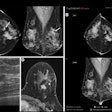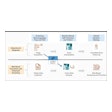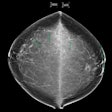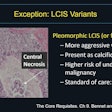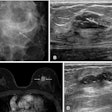In addition, the researchers from Italy found that interval cancers detected by DBT were smaller and less aggressive -- which suggests that women would have better treatment outcomes.
A team led by Dr. Daniela Bernardi of Ospedale di Trento sought to investigate the performance of DBT as a primary screening test, assessing cancer stage and features of interval cancers observed before and after the technology was implemented in 2015. The study included 20,696 women who underwent mammography in 2013 and 23,836 women who underwent DBT in 2015.
Of the women who underwent mammography, 14 interval cancers were identified; of the women who underwent DBT, seven interval cancers were found. Age and breast density were not significant factors in either group.
The interval cancers identified by DBT were significantly less aggressive and smaller than those identified on digital mammography, Bernardi's team found. They also had less axillary node involvement, although this result was not statistically significant.
The findings speak to the concern that using DBT as a primary screening tool for breast cancer could lead to more cases of overdiagnosis, the researchers wrote. In fact, because DBT found fewer interval cancers, the results suggest that it's finding cancers that mammography missed.
In the study, DBT found half as many interval cancers as 2D mammography, and these cancers were smaller and less aggressive, they noted. "This suggests that early diagnosis obtained through DBT as a screening test may be effective and not increase overdiagnosis," the researchers concluded.










